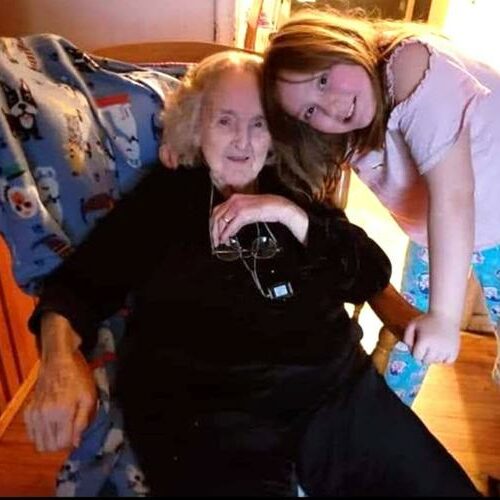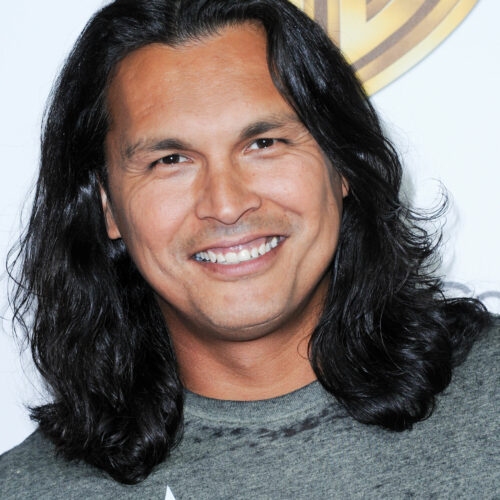
Uptick In Washington Nursing Homes Closures Prompts Proposals To Raise Medicaid Rates
Read On
In response to a rash of nursing home closures in Washington, a Republican state senator is calling for an increase in Medicaid reimbursement rates and other steps to stave off additional closures.
“We are in a crisis of skilled nursing facilities and beds,” said Sen. Steve O’Ban, a Pierce County Republican.
O’Ban, who is the ranking member on the Senate Health and Long Term Care Committee, announced his proposal Friday at a news conference at the Tacoma Lutheran Retirement Community. He was joined by two formerly displaced residents, as well as representatives of AARP and the state’s long-term care ombudsman’s office.
O’Ban has pre-filed legislation for the 2020 legislative session that would require nursing home Medicaid rates to be recalculated annually beginning next year and tied to inflation. Currently that happens every two years and the rebasing, as it’s called, is based on cost data from up to four years earlier.
O’Ban did not have an immediate estimate on how much rates should increase or what it would cost, but said it could easily be in the tens-of-millions of dollars.
“I’m sure it’s not going to be inexpensive,” O’Ban acknowledged. “There’s going to be a price to pay to catch up.”
As a Republican, O’Ban is in the minority in the Legislature. Reached Friday, the Democratic chair of the House Health Care and Wellness Committee, Eileen Cody, said she plans to sponsor separate legislation requested by the Department of Social and Health Services (DSHS).
That bill, Cody said, would also move to annual rebasing of nursing home rates, but would include a one-time, not automatic, inflationary adjustment.
“Putting an inflator in state statute, I’m not ready to do that without further study,” Cody said.
The DSHS legislation comes with an estimated cost of $29 million in the current budget, of which about half would come from the state and the other half from federal funds.
In an interview last summer, Cody said that while nursing home closures merited further monitoring, she did not think it constituted a crisis. She reiterated that again on Friday.
“Yes, we need nursing homes, they have an important role to play,” Cody said. But they’re not the only long term care [option] that we have.”
Cody noted that in 2017 AARP rated Washington’s long term care system, with its mix of nursing homes, group homes and in-home care, the best in the nation. In addition, in 2016 Washington changed the way nursing home rates are calculated — a move that earned bipartisan support and the support of the nursing home industry.
“We’ve done long term care in a bipartisan fashion for the last 20 years,” Cody said.
Currently, Washington’s average daily Medicaid reimbursement rate to nursing homes is $216 – the fourth lowest in the nation, according to an industry analysis. By contrast, Oregon pays $326 per day on average. Recent increases in the minimum wage, which is as high as $16 an hour in Seattle, have exacerbated the shortfall between what the state pays for Medicaid clients and the cost to care for them.
Since February 2017, 18 of Washington’s more than 200 licensed skilled nursing facilities have either closed or converted to assisted living facilities, according to a list compiled by the Washington HealthCare Association and LeadingAge Washington, two industry associations.
A 19th facility, Ida Culver House Broadview in Seattle, is in the process of converting from a nursing home to an assisted living facility. So far, more than 1,000 residents have been affected by the closures and conversions.
“The displacement from home has led to loss of connection with friends, family and community at a time when connection is consequentially important,” the associations wrote in a joint statement endorsing O’Ban’s legislation. “And at times, these displacements have tragically resulted in death caused by the relocation trauma.”
Among the recent closures was Keiro Northwest Rehabilitation and Care Center in Seattle’s Central District, which for decades served the area’s Asian and Pacific Islander community.
While Washington doesn’t currently have a nursing home bed shortage, there are concerns a shortage could emerge in the future as the population ages. Already Medicaid beds, which serve about 9,700 clients statewide, are at a premium.
In June, the nursing home industry and Washington’s Long-Term Care Ombudsman wrote a joint letter to state lawmakers calling for “emergency funding” to address the closures.
Related Stories:

Grieving During The Pandemic – Part Two
In happier times – Theda Killgore with her great-granddaughter Chelsea Listen Read During the pandemic, many people who lost loved ones had limited access to say their final goodbyes due

Grieving During The Pandemic – Part One
Nan Orton sits at her kitchen table with photos of her parents. Photo by Austin Johnson/Lewiston Tribune Listen Read During the pandemic, many people who lost loved ones had limited

COVID First Hit Long-Term Care In Puget Sound Region. Now It’s Hitting Home In Rural Areas
Some of the hardest hit places have been long-term care facilities in rural areas like Tonasket in Okanogan County, and in central Washington. At least three care facilities in Grant County have reported outbreaks and deaths since a large wedding near Ritzville last month attended by some care facility staff who later tested positive for COVID-19. But a definitive connection between those outbreaks and the wedding remains unclear.
















